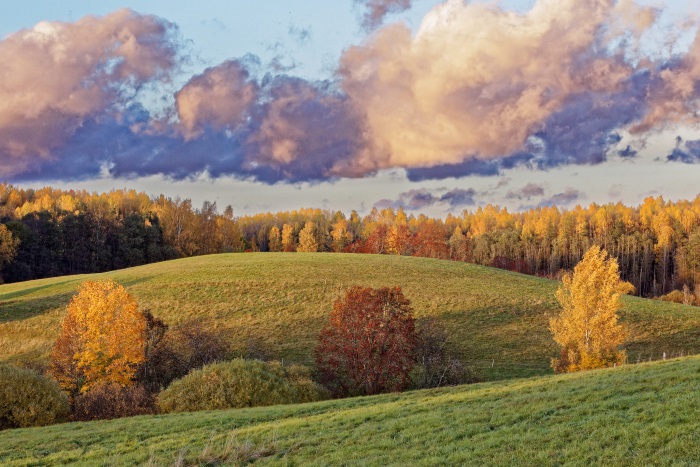
About the National Park
- The national park was established in 1993 within the boundaries of a landscape protection area created in 1979.
- Karula National Park is the smallest national park (surface area: 123 km²) in Estonia and also the one with the hilliest terrain.
- The national park was established to preserve the natural environment found in the hilly landscapes characteristic of Southern Estonia, where forests and lakes abound, as well as species under protection and the cultural heritage of the area.
- 563 species of vascular plants (including 19 species of orchids), 157 species of birds, seven species of amphibians, fi ve species of reptiles and 42 species of mammals have been recorded here.
- Important protected species include the black stork (Ciconia nigra), osprey (Pandion haliaetus), lesser spotted eagle (Pandion haliaetus), sand lizard (Lacerta agilis), European spadefoot toad (Pelobates fuscus) and chamomile grapefern (Botrychium matricariifolium).
- The smoke sauna tradition is kept alive in the national park and the local Võru dialect is spoken here on a daily basis.
- Karula National Park belongs to the Natura 2000 network of protected areas in the European Union.

Typical hilly landscape in South-Estonia. Photo: Arne Ader